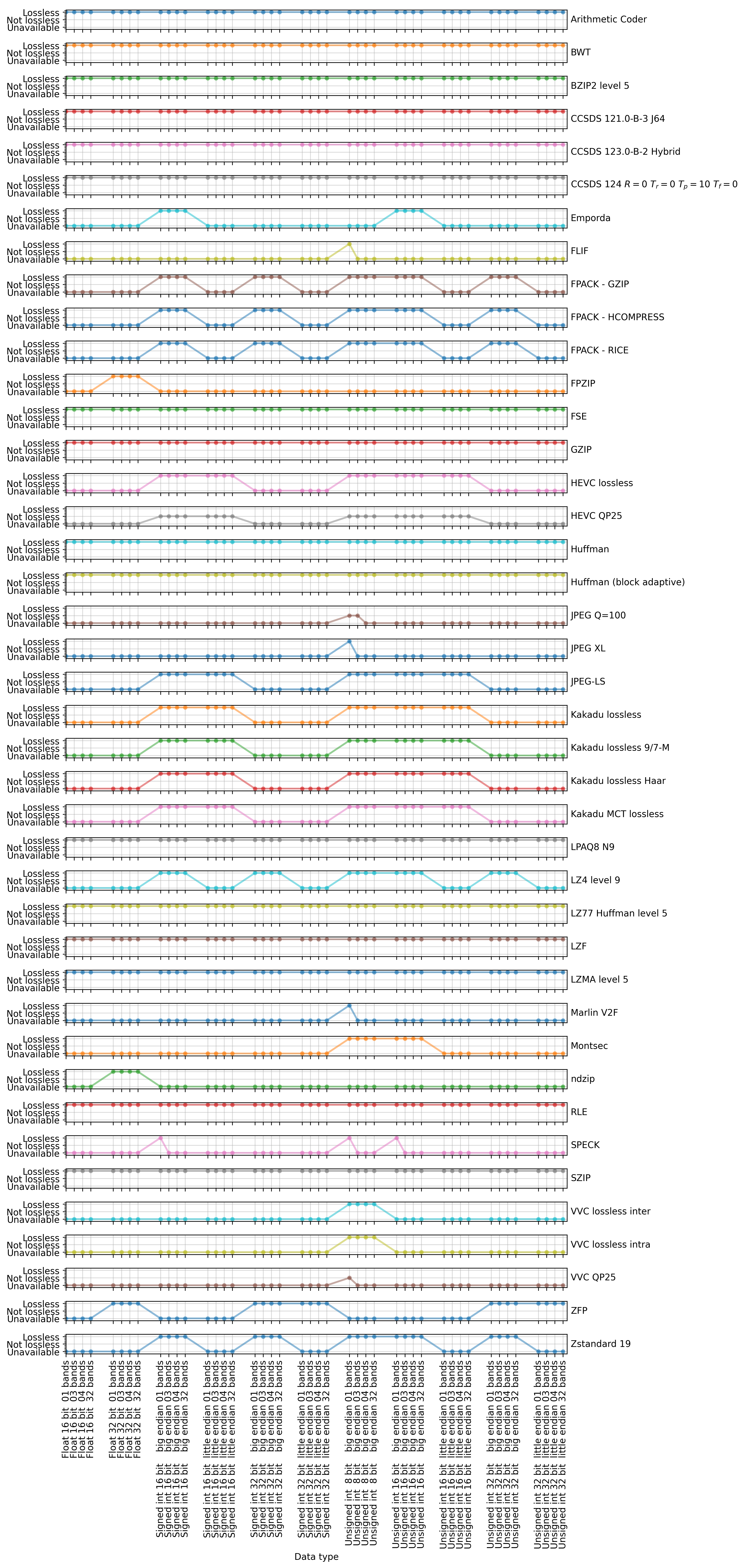Using existing image compression codecs
- The
enblibrary offers a set of codecs that can be installed via the enb plugin install command-line interface (CLI).
via the
enb.plugins.install()method within your scripts via
Installation via enb plugin install
In the CLI, you can list the available codecs by performing a search among all available plugins:
enb plugin list codec
And then, for instance to install the zip plugin one can simply run:
enb plugin install zip installation_folder
Installation via enb.plugins.install()
You can add a line like the following to your script so that it automatically installs and imports a plugin
enb.plugins.install("huffman")
- enb.plugins.install(name, target_dir=None, overwrite=False, automatic_import=True)
Install an Installable by name into target_dir.
- Parameters:
name – name of the installable (e.g., plugin) to be installed. Run enb plugin list in the CLI to get a list of all available installables.
target_dir – If target_dir is None, it is set to plugins/<plugin_name> by default.
overwrite – If overwrite is False and target_dir already exists, no action is taken.
automatic_import – If True, the installable is imported as a module.
Codec availabily
Different codecs are available for different data types and bit depths. If you want to test all publicly available codecs, you can install the test-codecs plugin with:
enb plugin install test-codecs tc --include_privative_codecs=False
and then run the test_all_codecs.py script, e.g., with:
python tc/test_all_codecs.py
It will produce a set of plots describing the codecs and the data types for which they are available.
Note
This command will take a relatively long time to complete, as it will test all codecs on all data types.
A snapshot of this output is shown next
